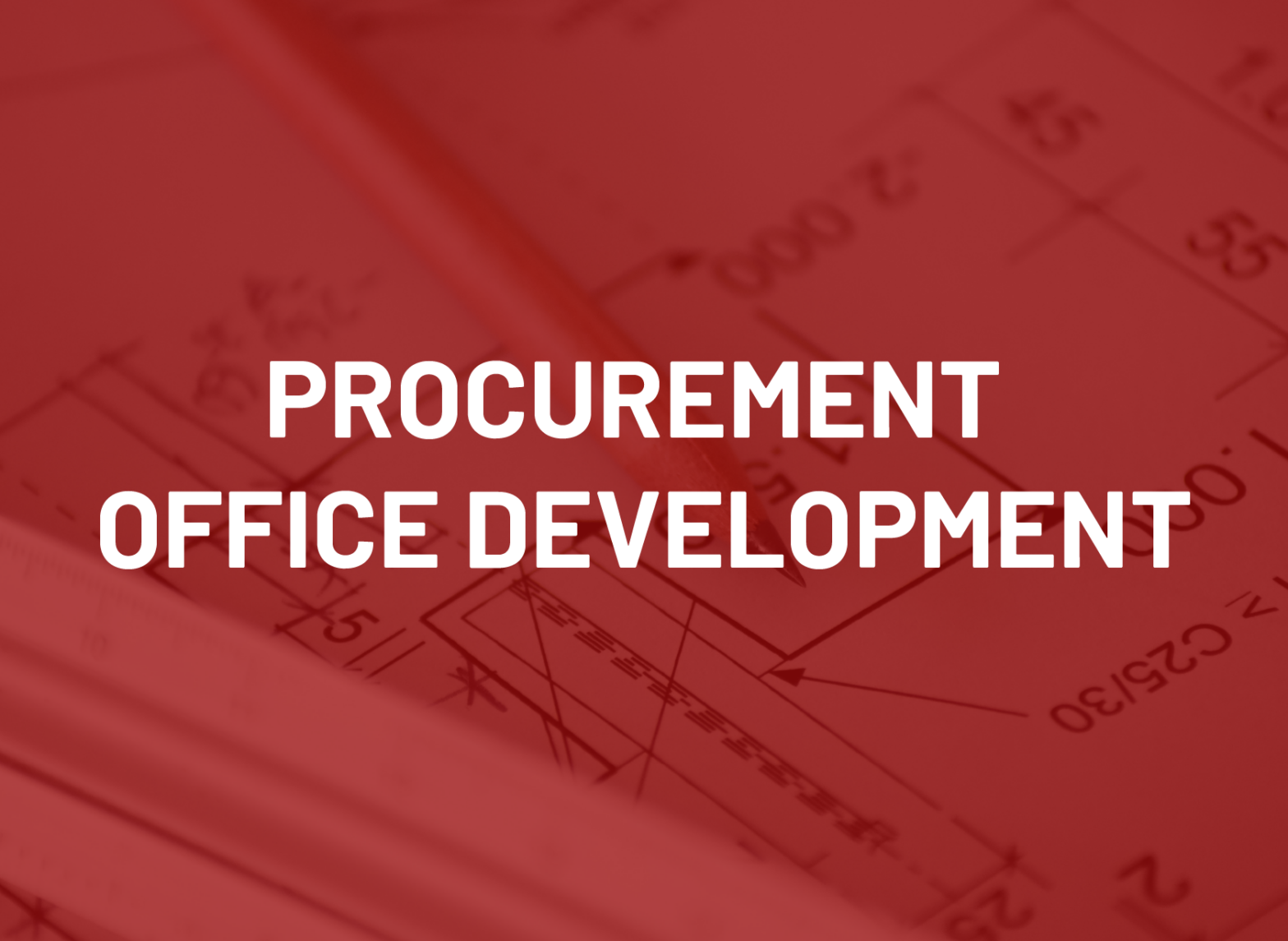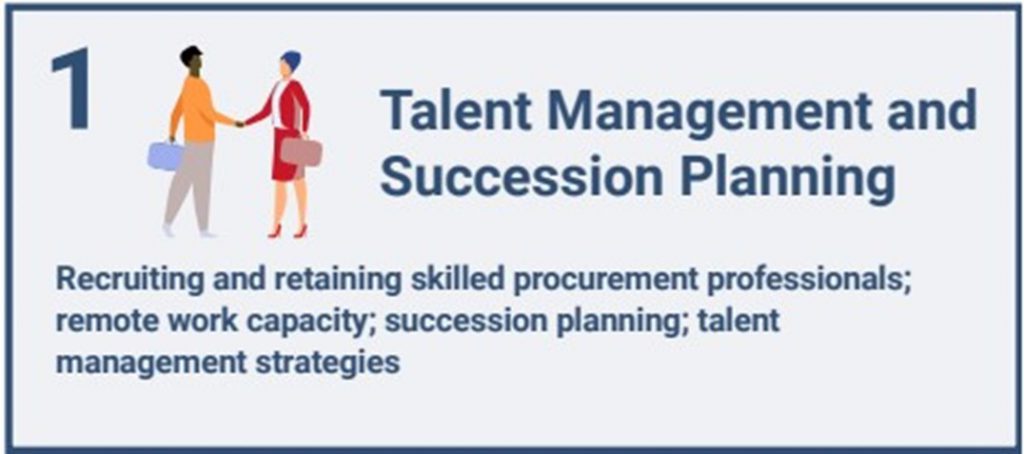At the National Governors Association Winter Meeting in Washington, D.C., one topic was raised in every single session and panel: worker shortage. Every workforce sector is hurting for qualified or willing workers at every level. This shortage also affects public-sector employment, as many CPOs can attest. The question that everyone is asking is, “Where are all the workers?”
There are several answers to that question.
- America is aging. Baby Boomers are retiring faster than they can be replaced. Five million boomers retired early during the pandemic, and they likely won’t go back to work.
- American fertility has decreased, meaning fewer replacement workers.
- The lack of childcare limits parents’ ability to work. The childcare system in the U.S. was already in crisis before the COVID pandemic, and it has only gotten worse since 2020. The childcare sector is short over 100,000 workers.
- Employee expectations about work have radically changed. The Great Resignation has seen millions of American workers quit or change jobs looking for better pay and/or better working conditions like more flexibility in hours or remote work opportunities.
Talent Management is #1 on NASPO’s Top 10 Priorities for 2023.
The New Normal
It is time to consider that the current worker situation might be our new reality. It will be a long time before we see a demographic rebound (whether it is an increased birthrate or immigration) that solves state office vacancy rates. If that is the case, how will public procurement offices cope? Public procurement at all levels is facing a historic amount of federal money (ARPA is $1.9 trillion and IIJA is $1.2 trillion) that elected officials want to spend now. The workload is not lightening up any time soon.
People Focused Strategies
RECRUITMENT: even though the pool of candidates has shrunk, you can’t give up trying to recruit for vacancies. But you are going to have to change your tactics.
- Recruit younger. Look at college freshmen and sophomores for internships. Most college juniors and seniors have already decided where they want to apply, or they already have job offers. Look at local high school students. Introducing them to the world of public procurement might influence their choice of major in college. NASPO offers an internship toolkit for state procurement offices.
- Move faster. Your office is competing against every other employer for the same few workers. A friend of mine applied for a job with a local city agency. She waited patiently through multiple rounds of interviews and finally got a verbal job offer. But then, no offer letter ever arrived. When she inquired about it, she was told that an offer letter could not be issued until a background check was completed, which would take several more weeks. She got tired of waiting and accepted a job in the private sector. How many candidates has your office lost because of an overly bureaucratic hiring process? While your office alone might be unable to overhaul the entire hiring process, you can advocate for changes within your system.
- Construct a meaningful internship experience that converts interns into employees. The Arizona State Procurement Office took its program from one that left the impression that interns were there to help with administrative work to one that gave participants real hands-on experience and led to many staying on to work after graduation.
RETENTION: if turnover and vacancies are holding up your office’s output, it is time to reconsider your retention strategies. If the cost of replacing an employee is one-half to two times the employee’s annual salary, how much is your department losing every time someone leaves? Don’t let experienced people walk out the door because of preventable causes.
- Listen to current employees. Does your office have a safe way for employees to suggest things? What are they asking for? Do you know what their stress points are? Childcare? Commuting? Career advancement? Burnout?
- Examine and promote unique benefits. What does your public agency/department offer that the private sector does not? Public sector work usually can’t compete on salaries alone. Do your employees qualify for tuition reimbursement at state schools? Some research shows that defined-benefit pensions can be a good retention tool.
- Change working conditions. Do you have the authority to offer remote work or a hybrid work arrangement? If you do, you should consider adding the option. If you don’t have the authority to change working conditions, consider advocating alongside other departments for more flexibility.
- Onboard better. First impressions count. Why waste the recruitment effort of a talented employee with a weak onboarding effort? This is your chance to demonstrate how much you value your new hire. The state of Georgia’s central procurement office created the Procurement Officer Boot Camp in a successful effort to retain more procurement staff, going from a 20% turnover rate in heads of procurement offices prior to FY21 to 6% in FY21 and 0% in FY22.
- Manage better. The days of believing employees should be grateful for a job are gone. It’s a buyer’s market now. Examine your office culture. Is it healthy? Is it psychologically safe? Employees who feel mistreated have plenty of options.
DEVELOPMENT: ok, you’ve got a team of experienced people who are invested in their work. Great! You can’t stand still. You must keep them learning and growing, both to be ready to fill vacancies and to keep up with new technologies and new developments.
- Intentional learning. Does your office have a training/certification program? If you do, are you tracking your employees’ progression through it? Do you have a plan for each employee? Do your employees use Procurement U’s resources?
- Informal learning. Google used to have a policy of allowing employees to spend up to 20% of their work time on side projects. Most offices can’t afford that much time but you can probably spare an hour a week to let an employee read a book or article or watch a webinar.
Work Focused Strategies
Reclassify. Do all your positions really require a 4-year degree? Could experience substitute for a credential? This could increase your pool of potential candidates.
Examine your workflow. If you can’t get more people in the near term, you have to look at your workload. What can be eliminated, streamlined, and/or automated? Where are you spending the bulk of your time? Are your employees still using email to ask for authorizations when they could be using your eProcurement system? How much time are people spending in meetings? Could those meetings be emails?
Plan for automation. If your office has an eProcurement system, is it being used to its maximum capacity? Have you been following the ChatGPT AI breakthrough? Start making a list of rote tasks that AI could do instead of expensive or unavailable human labor.
Every crisis is also an opportunity. Take the time to radically rethink how your office works.

